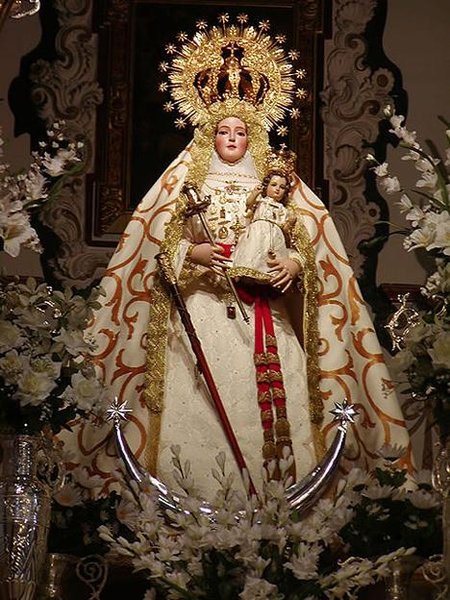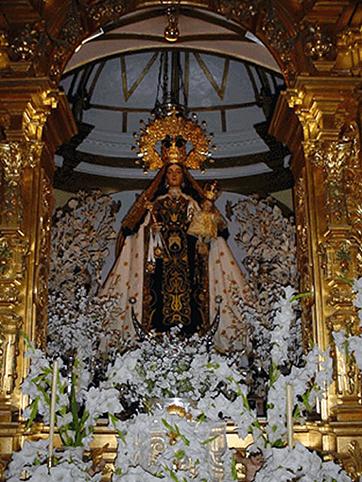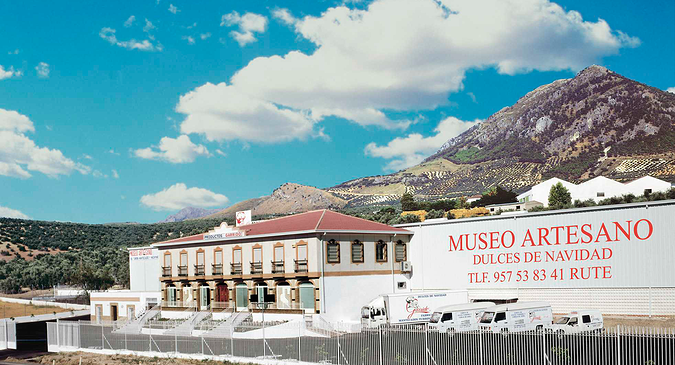Rute

A village located in the south east of the province, in the Sierra Subbetica mountains, which is part of Sierra Subbetica Natural Park, with its high limestone peaks and valleys of holm oaks, gall oaks and white poplars on river banks. Olive cultivation is the main agricultural activity here. Wihtin its boundaries stands part of Iznajar Reservoir, which provides the landscape with a most scenic touch.
The village stretches at the foot of the Sierra de Rute, and consists of steep streets of clean, whitewashed houses, which are attractive and blend into their surroundings to perfection. Rute is famous for producing liqueurs and brandies.
History
Its origins are probably Arabic. The Roman headstones and graves found in the village bear testimony to its antiquity, and there are two prehistoric sites: La Cueva Negra and El Camorro.
Rute was under Moslem control until 1240, when it was conquered by Ferdinand III. It was subsequently lost and reconquered by Alfonso XI, who colonised the village with Christians. During the Castilian civil wars around the year 1315, the village was left unprotected and consequently attacked and captured by Ozmir, who held it until 1341. It was later lost yet again before being conquered for the last time by Ramir Sanchez de Barrionuevo, to whom it was awarded by King John II (1434).
Ramir Sanchez moved the site of the village to its present-day location.
Ramir Sanchez's son lost control over Rute through his disloyalty to the Crown, and in 1466, Henry III gave the village to Diego Fernandez de Cordoba, Count of Cabra, in return for his support in the capture of Ecija; Juan Fernandez of Cordoba, dean of Cordoba Cathedral, received the village as an entailed estate along with the Lord of Baena and the Counts of Cabra and Sesa.
Eminent citizens
Mariano Roldan, poet and journalist (1932).
Juan de Aguilar, pedagogue (1577-1634).
Alfonso de Castro Hurtado, governor (1732-1799).

- Max 10
- Min 10
- Max 50
- Min 50
- °C
- °F


































